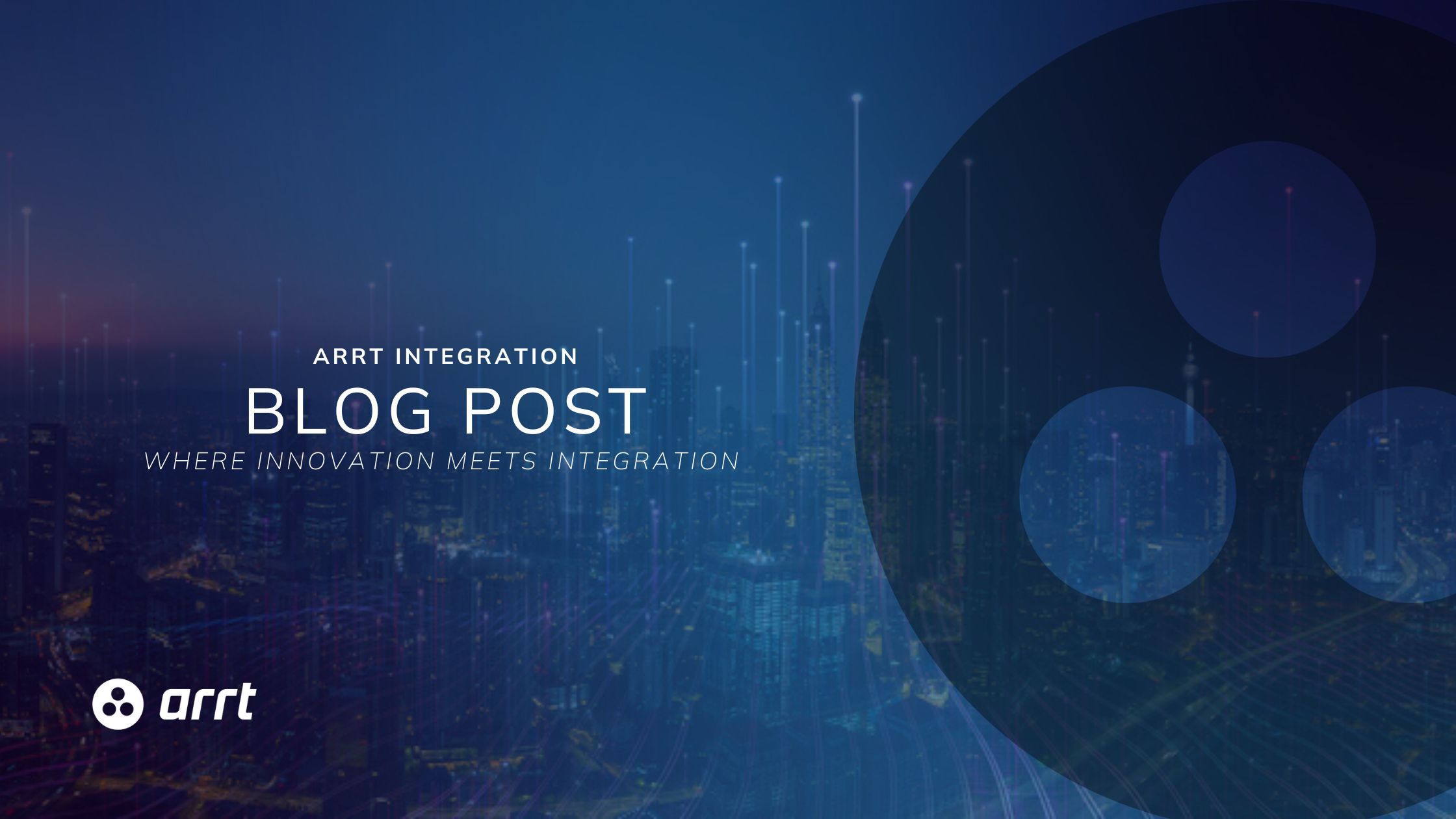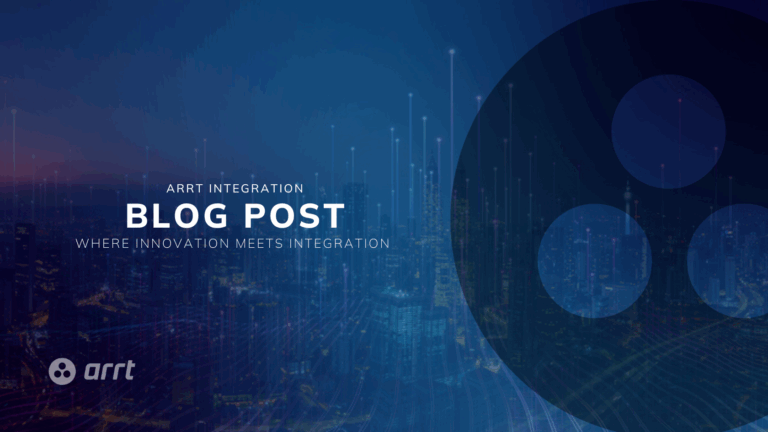In today’s digital-first economy, integration has become more than a technical requirement. It is the backbone of business agility, compliance, and long-term resilience. Enterprises, particularly in financial services and regulated industries, are under pressure to deliver secure, compliant, and scalable digital platforms while reducing complexity.
At arrt, we specialise in helping organisations achieve this balance. With decades of experience in integration, we’ve seen how the right combination of strategy, architecture, and tooling can transform business outcomes.
This guide explores how Microsoft Azure Landing Zones provide the foundation for secure and scalable cloud integration, and how Kovai’s Turbo360 adds the operational intelligence needed to ensure reliability, compliance, and cost efficiency. Together, they form a complete solution for enterprises looking to build, monitor, and scale integration in the cloud.
The Business Case for Integration
Every organisation, regardless of sector, faces the same core challenge: connecting systems, processes, and people in a way that is seamless, secure, and sustainable.
The Hidden Costs of Poor Integration
- Operational inefficiency: Siloed systems slow down innovation.
- Increased risk: Poorly managed integrations expose businesses to downtime, data breaches, and compliance failures.
- High maintenance costs: Reactive firefighting drains resources.
- Customer experience impact: Disconnected services lead to frustration and lost trust.
Integration as a Growth Enabler
When done right, integration is not just about connecting systems — it’s about enabling scalability, resilience, and innovation. For financial services firms, it means:
- Meeting regulatory obligations such as DORA.
- Unlocking real-time insights across distributed systems.
- Supporting digital-first customer experiences.
This is where Microsoft Azure Landing Zones come in, providing the foundation for consistent, secure, and governed integration.
Microsoft Azure Landing Zones Explained
Microsoft Azure Landing Zones are pre-configured environments designed to simplify cloud adoption at scale. They are not just templates but best practice blueprints that set the stage for secure and compliant growth.
Key Benefits of Azure Landing Zones
- Scalability: Standardised foundations allow enterprises to expand confidently.
- Governance: Built-in policies enforce compliance and operational discipline.
- Security: Aligned with Microsoft’s security and compliance standards.
- Agility: Faster deployment of workloads without losing control.
For integration architects, Landing Zones provide the guardrails to manage complex systems without losing sight of governance or compliance.
Industry Example
In financial services, Azure Landing Zones help organisations create secure environments for sensitive data while enabling regulatory reporting and audit trails. They allow integration teams to focus on innovation rather than repeatedly solving the same governance challenges.

The Role of Monitoring in Integration
Landing Zones solve a critical piece of the puzzle, but architecture alone isn’t enough. To achieve operational resilience, organisations need deep visibility across their integrations.
The Risks of Limited Monitoring
- Missed SLA breaches.
- Delayed response to outages.
- Blind spots in compliance reporting.
- Spiralling costs from uncontrolled consumption.
From Reactive to Proactive Monitoring
Traditional monitoring is reactive: problems are addressed after they occur. Modern integration strategies require proactive monitoring, anticipating issues before they impact the business.
This is where Turbo360 transforms the equation.
Spotlight on Kovai’s Turbo360
Kovai’s Turbo360 is a comprehensive monitoring and governance solution for Azure-based integrations. It provides the operational intelligence enterprises need to move beyond firefighting.
Core Capabilities
- Unified Dashboards: One view of health across Logic Apps, Service Bus, Event Hubs, and more.
- Proactive Alerts: Detect issues before they escalate into outages.
- Business Activity Monitoring: End-to-end visibility into critical business processes.
- Cost Optimisation: Track and control Azure spend effectively.
- Compliance Support: Simplify audit readiness with detailed logs and governance controls.
Why arrt Trusts Turbo360
At arrt, we see Turbo360 as the natural complement to Azure Landing Zones. Together, they provide not only a secure foundation but also the ongoing visibility and control needed to scale integration with confidence.
arrt + Microsoft + Kovai: A Winning Combination
When organisations combine arrt’s consultancy expertise, Microsoft’s Landing Zones, and Kovai’s Turbo360, they achieve a level of integration maturity that covers all bases.
- Strategy: arrt provides proven frameworks and deep integration expertise.
- Platform: Microsoft Azure delivers secure, scalable infrastructure.
- Operations: Turbo360 ensures monitoring, resilience, and optimisation.
This three-way model allows organisations to deliver transformation programmes that are both innovative and compliant, without adding unnecessary risk.
Practical Implementation Roadmap
How can enterprises put this into practice?
Step 1: Assess Integration Maturity
- Benchmark against operational resilience requirements.
- Identify blind spots in monitoring and compliance.
Step 2: Deploy Secure Landing Zones
- Build a scalable Azure foundation.
- Embed governance and security policies.
Step 3: Configure Turbo360 for Monitoring
- Set up dashboards and alerts tailored to critical business processes.
- Define cost management and reporting structures.
Step 4: Embed Integration into Wider Programmes
- Align monitoring with DevOps pipelines.
- Use proactive alerts to enhance incident management.
Step 5: Optimise Continuously
- Track performance against SLAs.
- Review and refine cost optimisation strategies.
- Adapt monitoring to new regulatory requirements.

Regulatory & Compliance Angle
With frameworks like the Digital Operational Resilience Act (DORA) coming into force, compliance is no longer optional. Integration strategies must prove resilience, auditability, and security.
How Landing Zones Help
- Provide secure environments aligned to compliance standards.
- Automate governance through policy enforcement.
How Turbo360 Helps
- Maintain full traceability of business processes.
- Provide audit-ready monitoring and reporting.
- Support proactive compliance management.
Together, they form a compliance-ready foundation that reduces risk for regulated industries.
Future of Integration
The integration landscape is evolving rapidly. Looking ahead:
AI-Augmented Monitoring
AI will increasingly automate mapping, anomaly detection, and remediation within tools like Turbo360.
Event-Driven Integration
Organisations will shift to event-driven models, where real-time data movement requires even greater observability.
Sustainable Integration
Cost and energy efficiency will be key drivers. Efficient monitoring will support greener IT strategies.
Industry 5.0
Integration will be central to blending human-centric and AI-driven systems in the next wave of digital transformation.
Conclusion
Integration has moved from the IT back office to the boardroom agenda. For enterprises, especially in regulated industries, the question is no longer if integration matters but how to do it right.
- Microsoft Azure Landing Zones provide the secure, scalable foundation.
- Turbo360 delivers the monitoring and operational resilience layer.
- arrt brings the expertise to combine them into a complete integration strategy.
By aligning architecture, operations, and compliance, organisations can move beyond complexity and unlock real value from their digital transformation initiatives.
If you would like to find out about how we could support your company with your integration needs then get in touch!





follow us